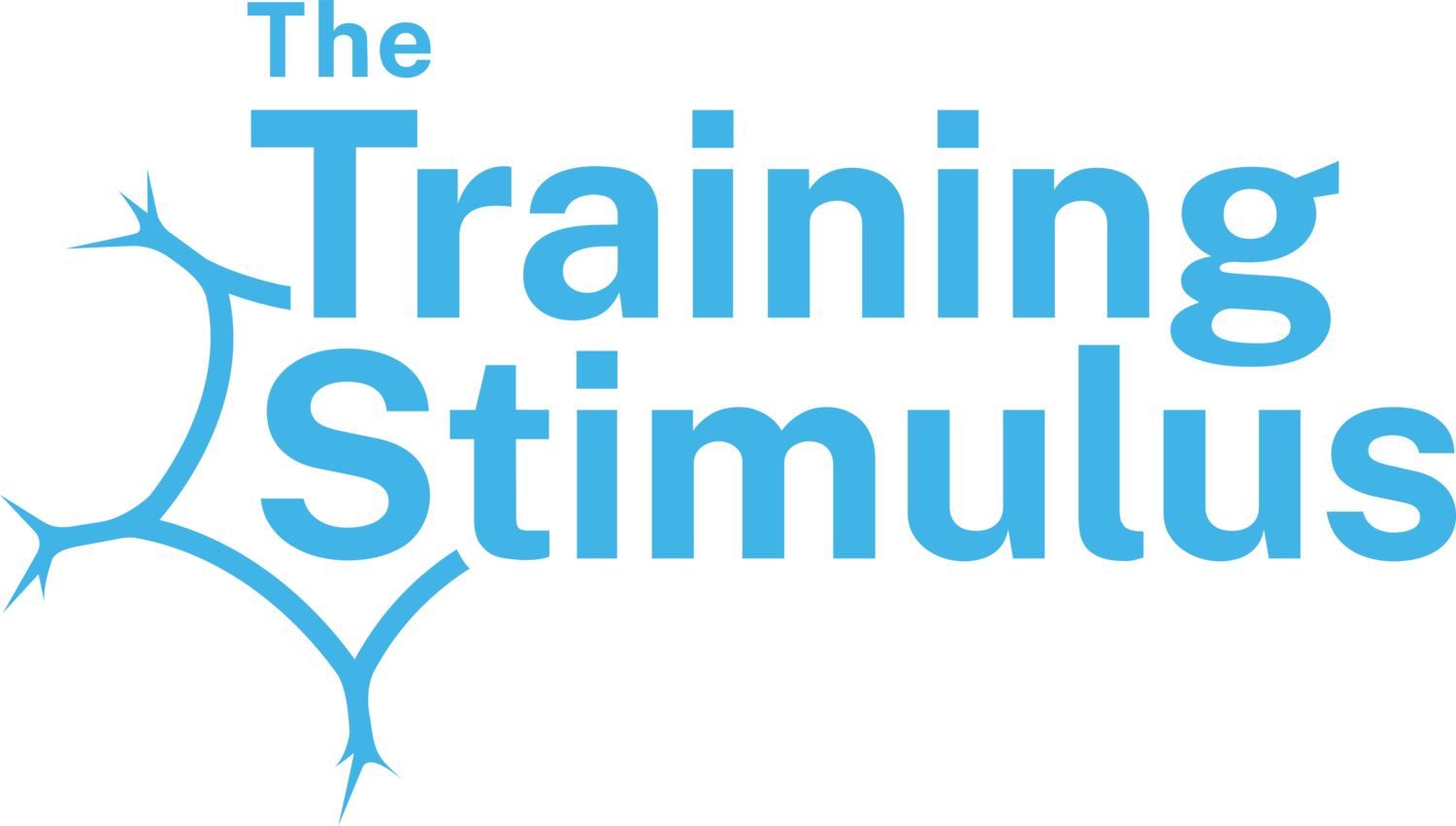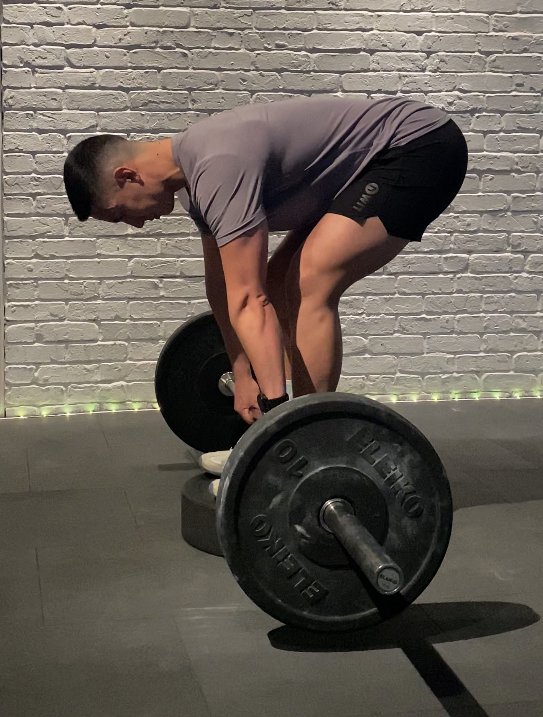Hypermobility the Secret Gains Thief
Flexibility is often glamourised in fitness, but as with most things, too much of a good thing can become a bad thing.
Hypermobility can be practically defined as an unusually large or excessive range of motion. This can occur either globally or locally - i.e. in the whole body or in a specific local area, joint, muscle, tendon, ligament etc.. Some degree of hypermobility is very common, but not acknowledging it and knowing how to train a body with it can leave a lot of gains on the table and also can expose the body to greater injury risk.
Hypermobility injury mechanisms
The standard fitness industry assumption is the more flexible you are the less injured you will be. This oversimplification is just not true. Flexibility is a bit of a red herring when it comes to injury incidence. We’re focusing on the wrong thing. We should be focussing on tissue tolerance, strength and control, robustness to the specific demands placed on the body - more on this in a future blog.
Being more flexible just means we might typically experience different kinds of injuries
- usually more joint injuries rather than muscular strains/tears. Despite the fact they might feel tight in certain muscles, but compared to stiff athletes, they will typically get more issues like joint pinches, tendinitis and ligament issues. Why is this?
“My hamstrings feel so tight”
We often think of muscles’ job as creating movement, but often more important is their ability to decelerate or control movement.
With less tension in the muscles, the tendons and ligaments need to do a lot more
For example in a squat - our muscles are actually working hard as we descend - lengthening under load, contracting eccentrically. This is essentially putting the brakes on, until we stop the descent, have a moment of stillness (isometric contraction) before starting the ascent (concentric contraction).
This eccentric function of muscles is massively under-appreciated in my opinion, full stop, but it’s especially under-appreciated in hypermobile athletes/muscles.
In a hypermobile person or body part, because there is so much available length, the “brakes” may not kick in early enough or with enough force to control that eccentric phase, so the athlete crashes into the end range of the movement. In our squat example, this is the athlete we see flying into the bottom position with no tension, just hoping they will stand back up. If the muscles can’t provide enough tension here, the tendons and ligaments will pick up the slack, which can lead to issues like tendinitis or ligament injuries.
The same mechanism can be true for most movements, and helps explain why certain populations experience more ligament injuries, e.g. female footballers experience a greater incidence of ACL injuries compared to males – not only do they have a greater average Q angle (wider hips), but they typically create less muscular tension to decelerate movement into the injurious positions.
One of the other concerns with global hypermobility is that it can lead to local hypomobility, where looseness in one part of the body leads to tightness in another.
For instance, hypermobile and loose hips will often lead to tightness in the lower back or hamstrings as neighbouring areas that can do similar jobs. We also see this in the spine, when side bending in particular, if the spine is stiff, we will notice “pivot points” where there is a lot of movement to compensate for the lack of movement in neighbouring intervertebral joints. This can lead to overuse of a specific joint and eventually disc issues.
It’s also heavily linked to shoulder issues - if we have areas of hyper and hypo-mobility, shoulder function will be impaired as it is so dependent on good function of the thoracic spine.
Hypermobility Performance Considerations
If you or your athlete tend towards hypermobility, our training approach should differ from that of a stiffer athlete.
Hypermobile athletes will typically struggle to get out of ranges of motion, whereas hypomobile athletes will typically struggle to get into the necessary ranges/positions. i.e. failing squats unable to get out the bottom vs failing squats because you can’t get into the right position due to tightness
Hypermobile athletes will typically struggle to generate explosive power and absolute strength more than a stiffer athlete. This is why yogis typically have awful vertical jumps.
How do you know if you or your client is hypermobile?
Hyper mobility can be genetic, and some people are more predisposed to it than others. Women, children, and certain populations tend to be more likely to display hypermobility. However as always we need context to relate hypermobility to your desired outcome and training goals.
e.g. an individual may be considered hypermobile for powerlifting, but hypomobile for dancing - the mobility demands differ greatly.
The overarching question to ask is:
“Do I have enough range of motion and tension to do what I want to do?”
If you can achieve the positions easily, but you can’t get out of them with good control, you’re down the hypermobile end of the spectrum.
If you struggle to get into the positions, but have good tension to get back from these partial ranges, you’re closer to the hypomobile end of the spectrum.
It’s very much a Goldilocks - “just right” situation.
We can apply this to an overall athlete, but also make it skill specific – for example someone may have great hip mobility for back squats, but terrible shoulder mobility for overhead squats.
How to Train Hypermobile Individuals
If we break it down, hypermobile people/areas are lacking in tension, stability and motor control. This means our training should emphasise building these movement qualities.
How do we do this?
Tension – like a longer, thinner rubber band, we must create more length in a hypermobile muscle to put tension into it. This means we will need to use movements demanding greater ranges of motion, e.g. deficit RDLs, sumo squats
Stability – to demand the body create more stability we have lots of tools at our disposal: single limb variations e.g. split squat instead of squat, DB press instead of BB press
unstable loading tools, KB instead of DB
longer lever loading – overhead loading rather than backrack or front rack
Motor control – using tempo, pauses and partials will teach the body and nervous system to contract better from shorter muscle lengths, rather than defaulting to maximum length so often
What we don’t want to do is create MORE laxity by further flexibility work, which trains relaxation and can lose the tension we need
- to stabilise the joints and create force. Generally training and loading hypermobile tissues helps, and stretching and resting can exacerbate many of the issues they cause.
Some form of hypermobility is common, and by accurately identifying it, we can get better results and avoid many of the typical issues that may arise from it.
Remember to always consider function over feelings, objectively assess if you have enough range of motion rather than stretching just because you feel tight. Get clear on whether you need range of motion or tension, stability and motor control might be better - then apply the correct Training Stimulus 😉





